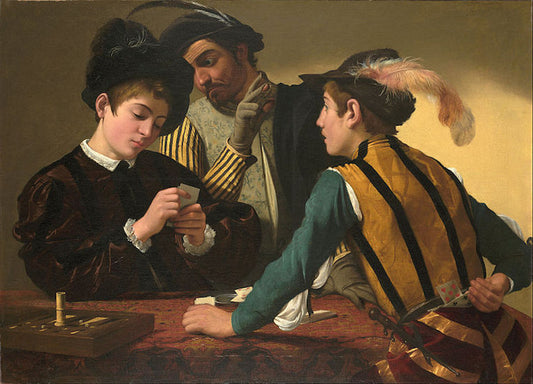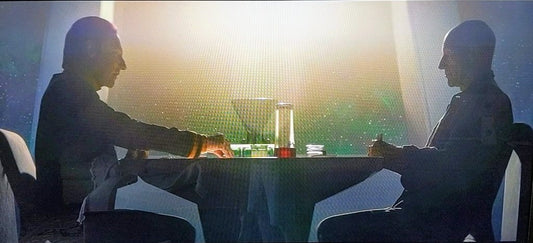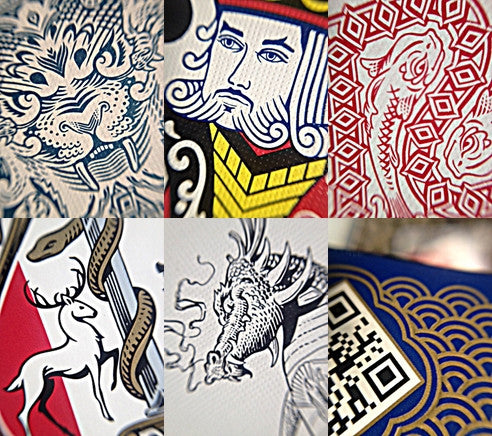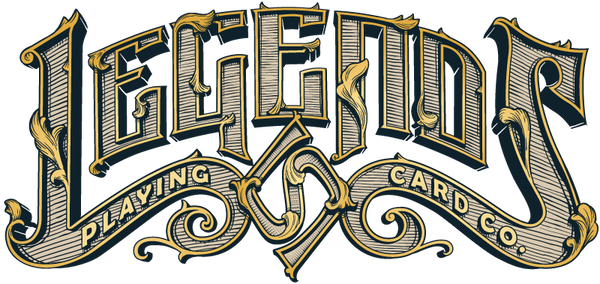Articles / Blog

Magician’s Slang: 13 Must-Know Terms
Knowing the lingo will help you sound like a seasoned pro. Let’s hop right into the secret language every magician should speak!
Magician’s Slang: 13 Must-Know Terms
Knowing the lingo will help you sound like a seasoned pro. Let’s hop right into the secret language every magician should speak!

Famous Card Players in Literature
Card games have been around since the dawn of time, filling the pages of great novels for as long as people have put pen to paper. Even as far back...
Famous Card Players in Literature
Card games have been around since the dawn of time, filling the pages of great novels for as long as people have put pen to paper. Even as far back...

Playing card paper and finishing techniques
Discover the latest advancements in playing card papers and finishing. Legends Playing Card Company has been at the forefront of playing card research and development, with expert card handlers praising...
Playing card paper and finishing techniques
Discover the latest advancements in playing card papers and finishing. Legends Playing Card Company has been at the forefront of playing card research and development, with expert card handlers praising...

Playing cards in pop culture
Are playing cards the perfect form of entertainment in the smallest package? Will there ever be another object as widely known, loved, and hated as playing cards? Only time will...
Playing cards in pop culture
Are playing cards the perfect form of entertainment in the smallest package? Will there ever be another object as widely known, loved, and hated as playing cards? Only time will...

How to detect cheaters at Poker and other card ...
Cheating at texas hold 'em and other card games. How to protect yourself, and how to gain an advantage.
How to detect cheaters at Poker and other card ...
Cheating at texas hold 'em and other card games. How to protect yourself, and how to gain an advantage.

What makes a deck of cards beautiful?
Just as with a piece of high art, or architecture, there are varying opinions as to what constitutes beauty. Playing cards are no different, some decks are intricate like our Egyptian...
What makes a deck of cards beautiful?
Just as with a piece of high art, or architecture, there are varying opinions as to what constitutes beauty. Playing cards are no different, some decks are intricate like our Egyptian...
